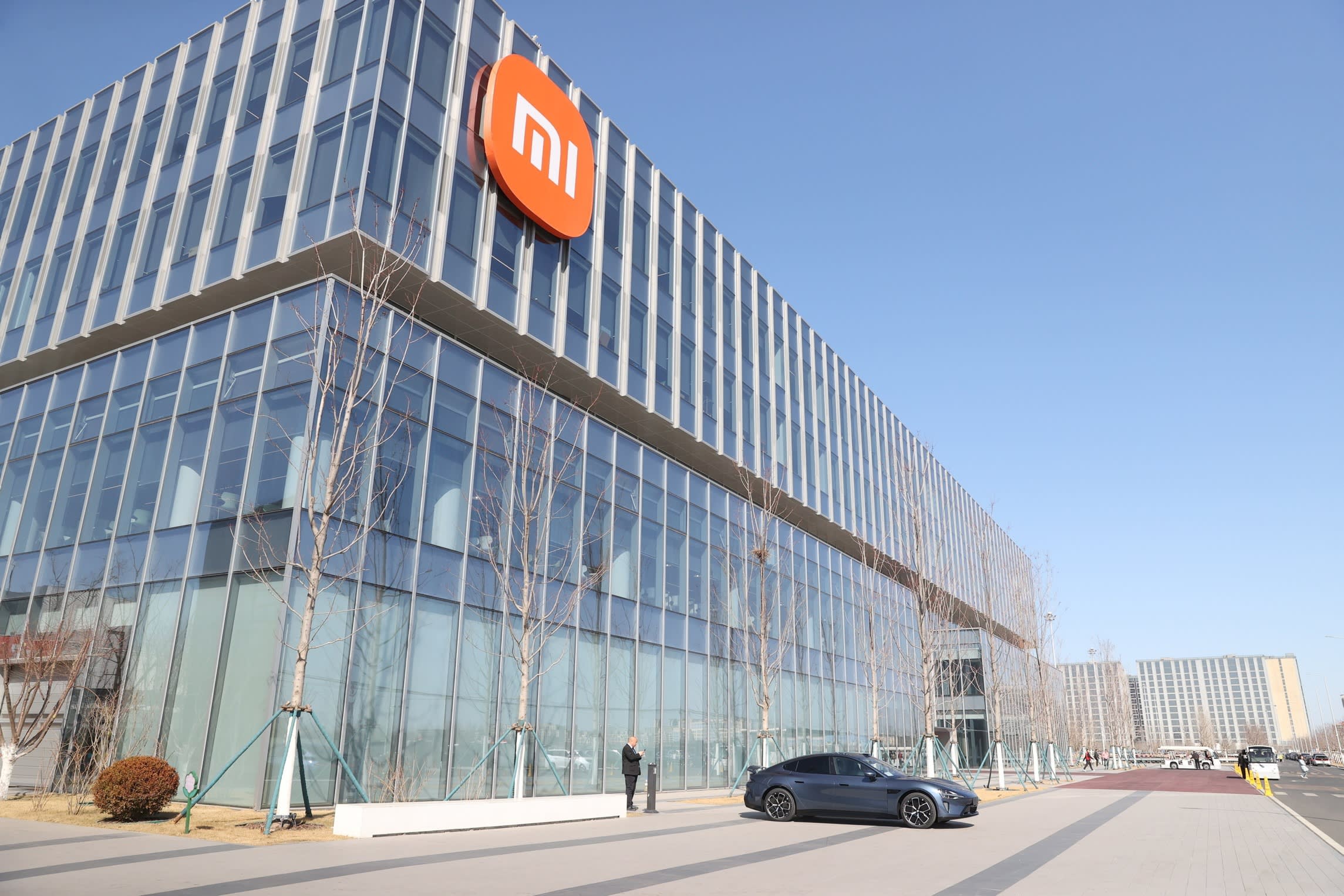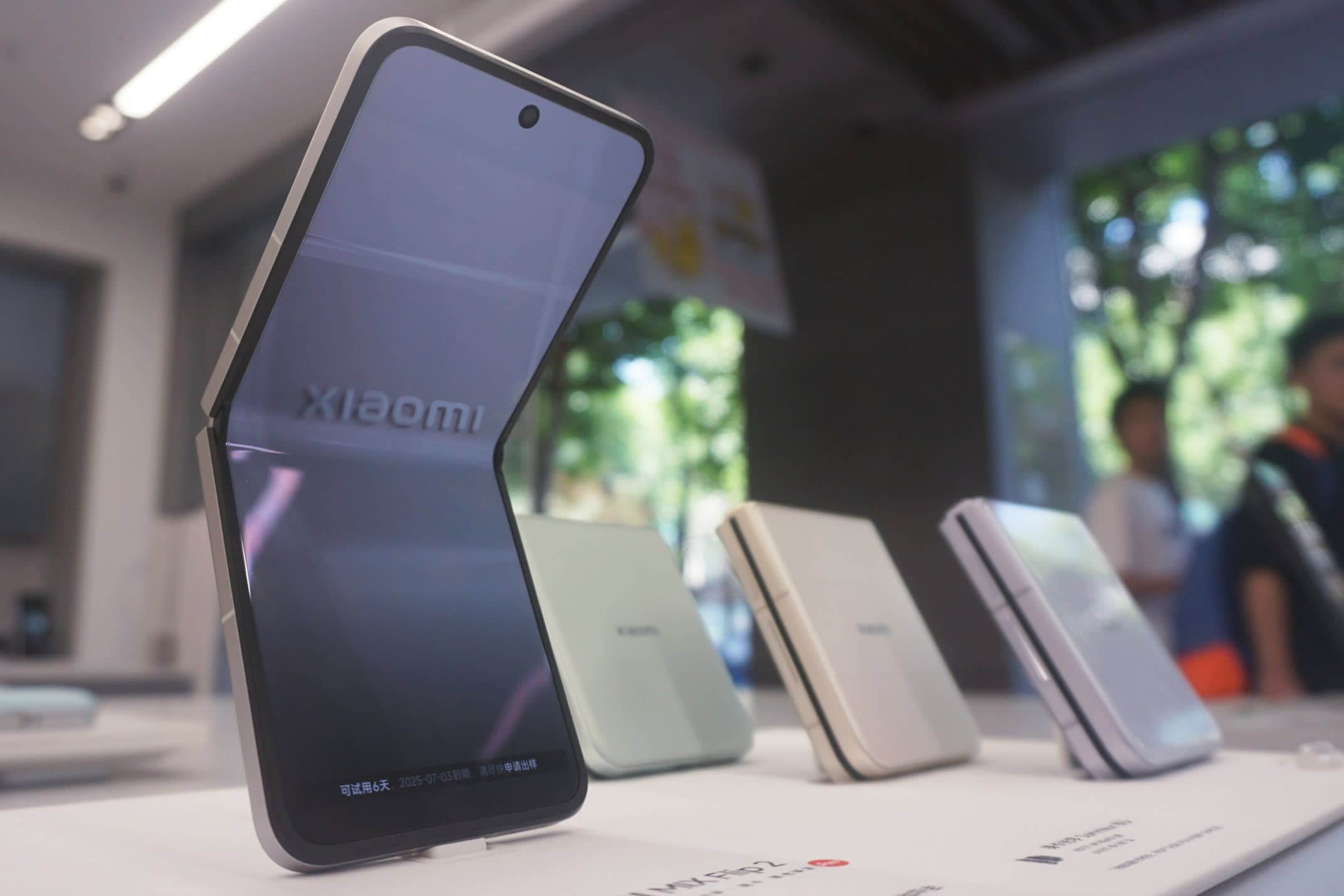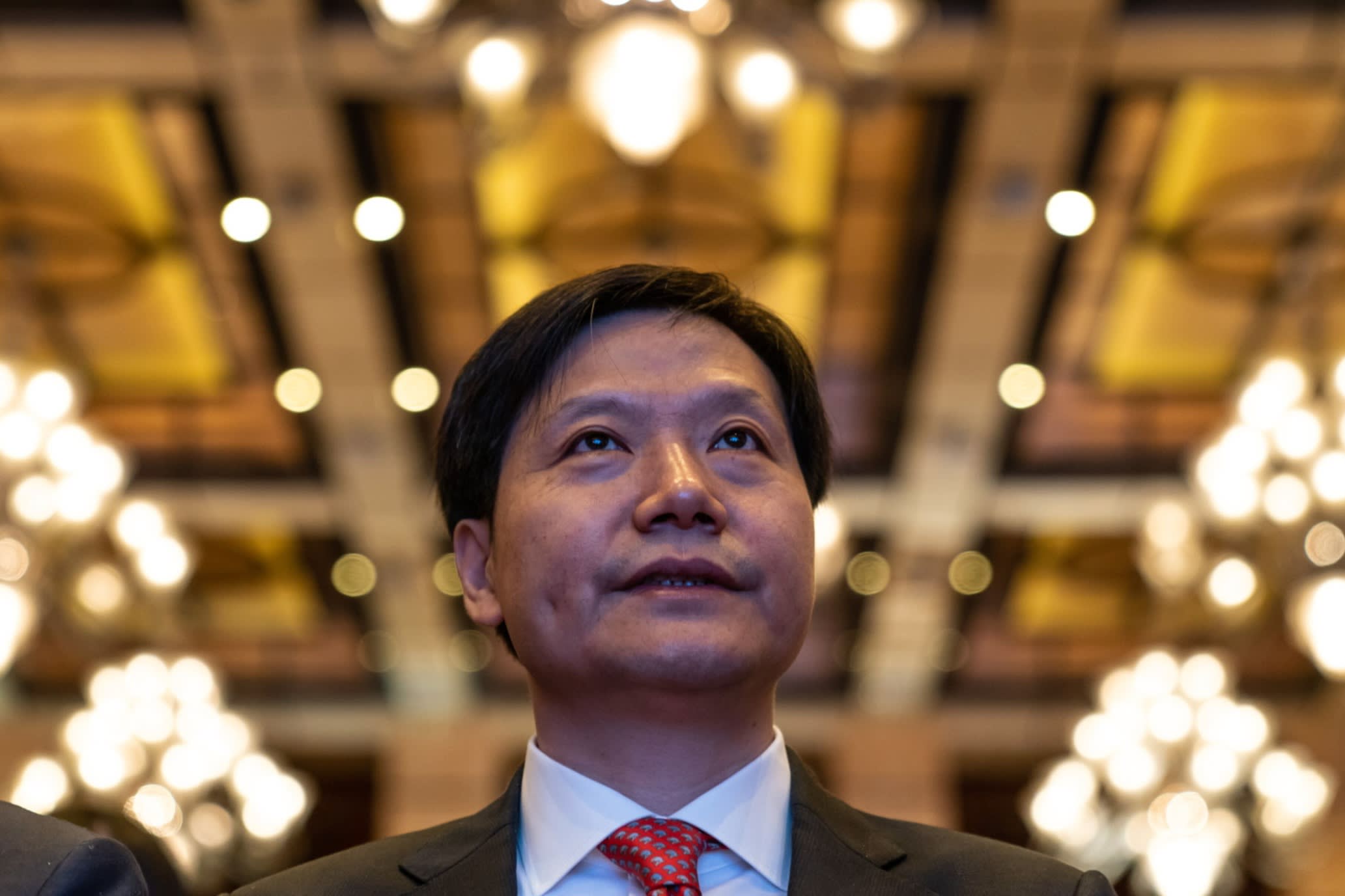An electric vehicle factory built by China’s largest smartphone maker has become a tourist attraction in Beijing, with visits to the company’s plant needing to be booked a month in advance and entry sometimes decided by lottery at peak times.
Xiaomi’s loyal fans, styled “mi fen”, pack its smart car factory every day to watch the production line churn out a car every 76 seconds. Tour guides proudly compare the manufacturing processes to those of Tesla, as the Chinese company seeks to emulate its American rival’s automated production line and build key EV components in-house.
Although only two models have been launched, the cars rolling off the end of the line are expected to outnumber those sold by Tesla in China next year, according to Citic Securities’ estimates. Its new SUV attracted hundreds of thousands of pre-orders within minutes of its launch in June, while its original sports sedan ranked second in premium car sales in China in the first half, only behind Tesla’s Model Y. The excitement around its cars has helped drive Xiaomi shares almost 200 per cent higher over the past year.

Once an assembler that built its success on suppliers’ components, Xiaomi is aiming to reinvent itself as a manufacturing powerhouse.
Xiaomi had humbler ambitions when it was formed just 15 years ago. Its name is Chinese for millet, with founder Lei Jun saying the company was created in 2010 in the spirit of “millet plus rifles”, a reference to Mao Zedong’s description of the Communist party’s modest military resources during the civil war.
But in the space of its first three years, it leapfrogged incumbents to become the world’s third largest handset vendor and expanded its product line-up to include everything from rice cookers to robot vacuums.
Despite its early success, critics have consistently drawn attention to its lack of core technologies and over-reliance on suppliers.
“The reason why it has so many products in the ecosystem is that these are not Xiaomi products in their own right historically. It has a large network of partners,” said Richard Windsor, founder of research service Radio Free Mobile.
“We used to say that Xiaomi sourced everything externally and assembled them into a brick, a device . . . much like playing with Lego,” said Ivan Lam, a smartphone analyst at Counterpoint Research. “In fact, Xiaomi has continued to invest in R&D over the past few years.”
Acknowledging the criticism himself multiple times, Lei has been determined to shed the company’s “assembly workshop” image by building up manufacturing facilities to craft premium products.

Its first step towards in-house manufacturing came in 2020, with the opening of a Rmb600mn ($83.5mn) factory on the outskirts of Beijing to produce small batches of the brand’s first foldable phone.
With Lei wanting to “benchmark” his company against Apple, it shifted manufacturing of its most expensive phone models to its own factories in early 2024. In the first quarter of this year, Xiaomi recorded an 81 per cent year-on-year jump in premium handset shipments, far outpacing the 3 per cent growth in its overall phone shipments, data from the Canalys research firm showed.
“Tech brands command a premium when they are known to use advanced technology, and advanced factories are one of the tangible representations,” Xiaomi told the Financial Times.
The company has been applying the same strategy to cars. After following Apple on smartphones, it took only three years from Xiaomi announcing its intent to build a car to the debut in March last year of its first model — the Speed Ultra 7 sports sedan — produced at its new factory. By contrast, Apple had ditched its decade-long project to build an Apple Car a month earlier.
Besides autonomous driving features and an operating system that links up with phones and home appliances, the company also trumpeted its investment in self-developing auto components and manufacturing equipment, ranging from a unique aluminium alloy and ultra-strength steel to the mould for car body casting.
Consumers are buying into the vision. After the SU7 became one of the best-selling cars in China’s cut-throat auto market, the recently unveiled YU7 sport utility vehicle, which was designed to rival Tesla’s Model Y, received 200,000 pre-orders in just three minutes at launch, a “miracle”, according to Lei.
“Call me factory director Lei,” the billionaire founder wrote in a social media post, extolling the virtues of the EV and smartphone factories.
Lei’s current obsession with manufacturing has not stopped there. The company is currently building the second phase of its EV factory, which is expected to double production capacity to achieve its annual shipment target of 350,000 units. An air conditioner plant is also under construction in the central city of Wuhan.
The pivot from an asset-light consumer electronics business to a manufacturing high-flyer aligns with Beijing’s call to domestic companies to develop “new, quality productive forces”.
An approving commentary published in the People’s Daily, the mouthpiece of the Communist party, made a comparison between Chinese engineers’ efforts to pick through imported steel in the hope of finding auto parts in the 1950s and the use of more than 700 robots at Xiaomi’s EV factory.

Xiaomi’s strategy is being extended to another key area of competition with US tech companies, following Apple again in developing its own silicon. Earlier this year, it launched its Xring O1 — a system-on-a-chip built on a leading edge 3-nanometre manufacturing process. The processor powers its latest smartphones and tablets, placing the company among elite players — including Apple, Samsung and Huawei — that have achieved a high level of vertical integration.
“A self-designed chip can help Xiaomi build a more integrated ecosystem, as it enables seamless communication between different devices,” said Lam from Counterpoint, while cautioning about its vulnerability to potential US sanctions. Taiwanese contract chipmaker TSMC makes the chipset, the FT reported in June.
Xiaomi has said it will invest at least Rmb50bn ($7bn) over the next decade to continue developing advanced chips, with another Rmb200bn allocated to developing “hardcore” tech, including operating systems and artificial intelligence products, over the next five years.
Lu Weibing, Xiaomi’s president, predicted on an earnings call last week that the ability to create chips in-house would be a key differentiator for tech companies.
“In the future, there’ll only be two types of businesses: those that develop their own chips and those that don’t,” he said.
“There will emerge a generational gap in core competitiveness between them.”



